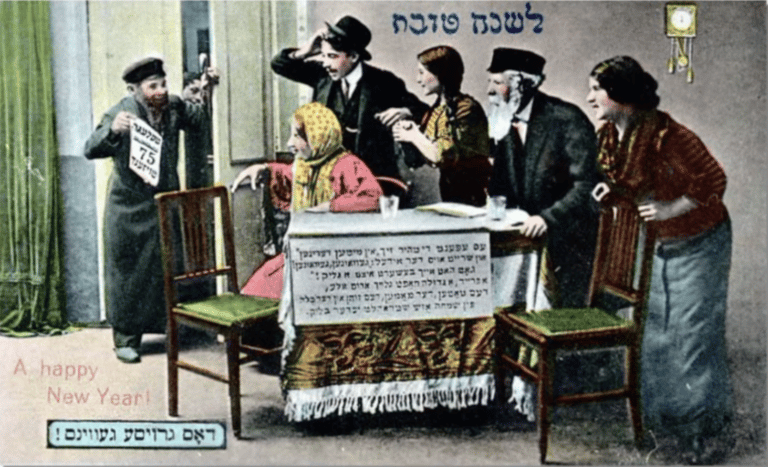
Nowadays, when a Jewish holiday rolls around, our Facebook, Instagram and Twitter feeds light up with wishes for a healthy and sweet new year.
You might think the holiday greetings craze is a recent phenomenon (a feature of our social media era) but in fact, High Holiday greetings date back centuries and make for an interesting chapter in Jewish history.
For the last couple of centuries, Ashkenazi Jews have commemorated Rosh Hashanah by sending greeting cards, known as shone toyves.
The origins of Rosh Hashanah cards
Shone toyves first popped up in Germany in the 1400s. Back then, they were written by hand on fancy personal stationery.
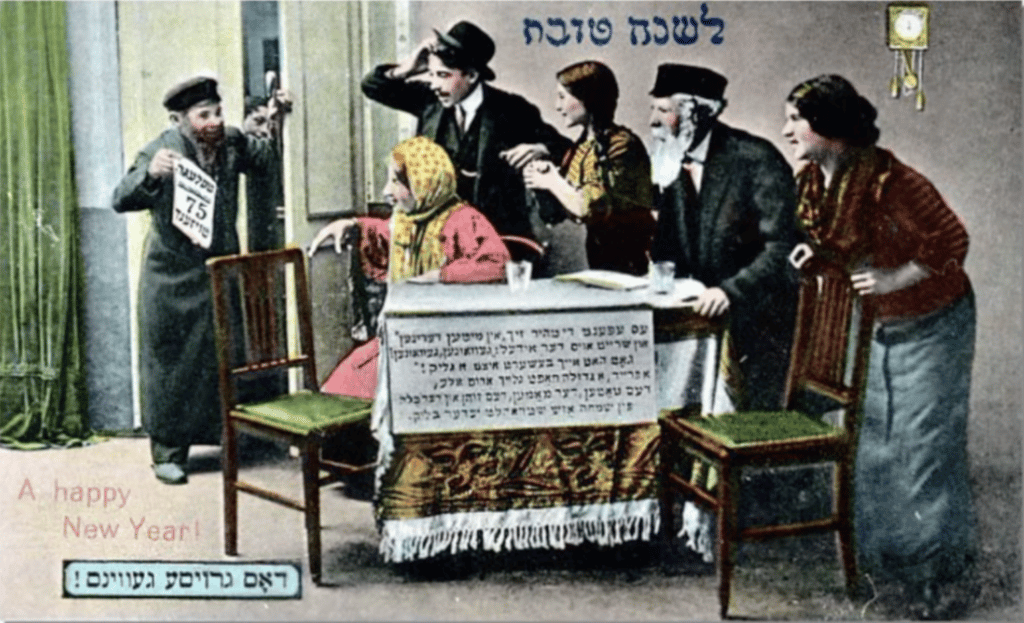
In the 1860s, when the postcard was invented and greeting cards for Christmas and the Christian new year really took off, it was just a matter of time before Jews followed suit and the printed shone toyve caught fire. Almost overnight, Ashkenazi Jews in America, Europe, Russia, and Palestine (later, Israel) were sending thousands of them back and forth, filled with handwritten notes and blessings for the new year.
Shone toyves usually depicted scenes of traditional Jewish life: Jews attending prayer services in synagogues, holidays, children in kheyder (Hebrew school) or people getting married. Occasionally, scholars, rabbis and scenes from the Bible were included.
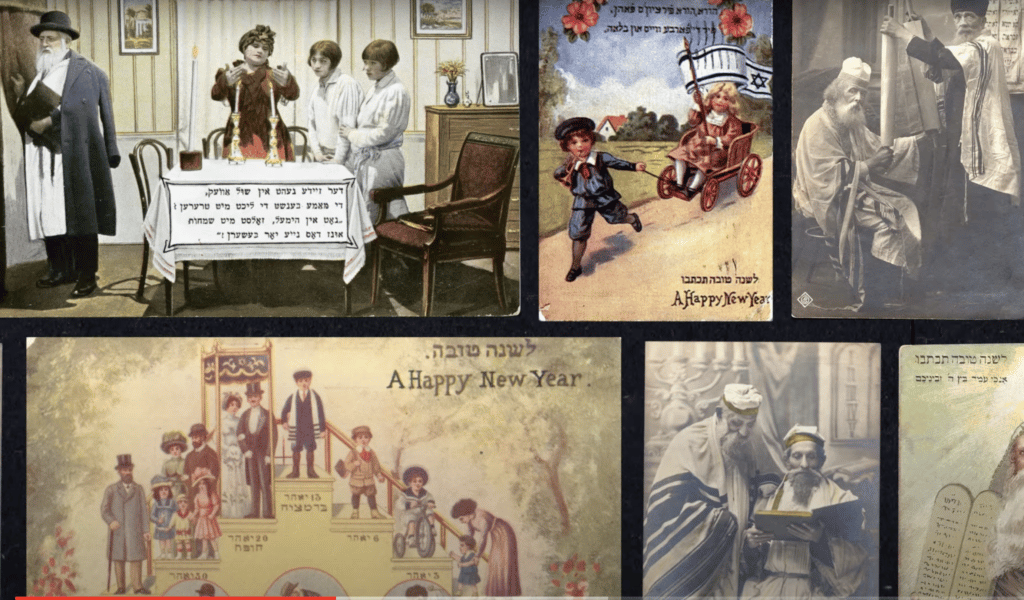
The royal family of Shone Toyves
The biggest name in the new year card publishing game was Haim Goldberg, a Polish poet and writer. Goldberg created colorful cards that were pretty straightforward, but some of his peers incorporated bizarre visuals like chickens with human heads and angels conversing with young Jewish boys and girls, in heaven, dressed in their holiday best.
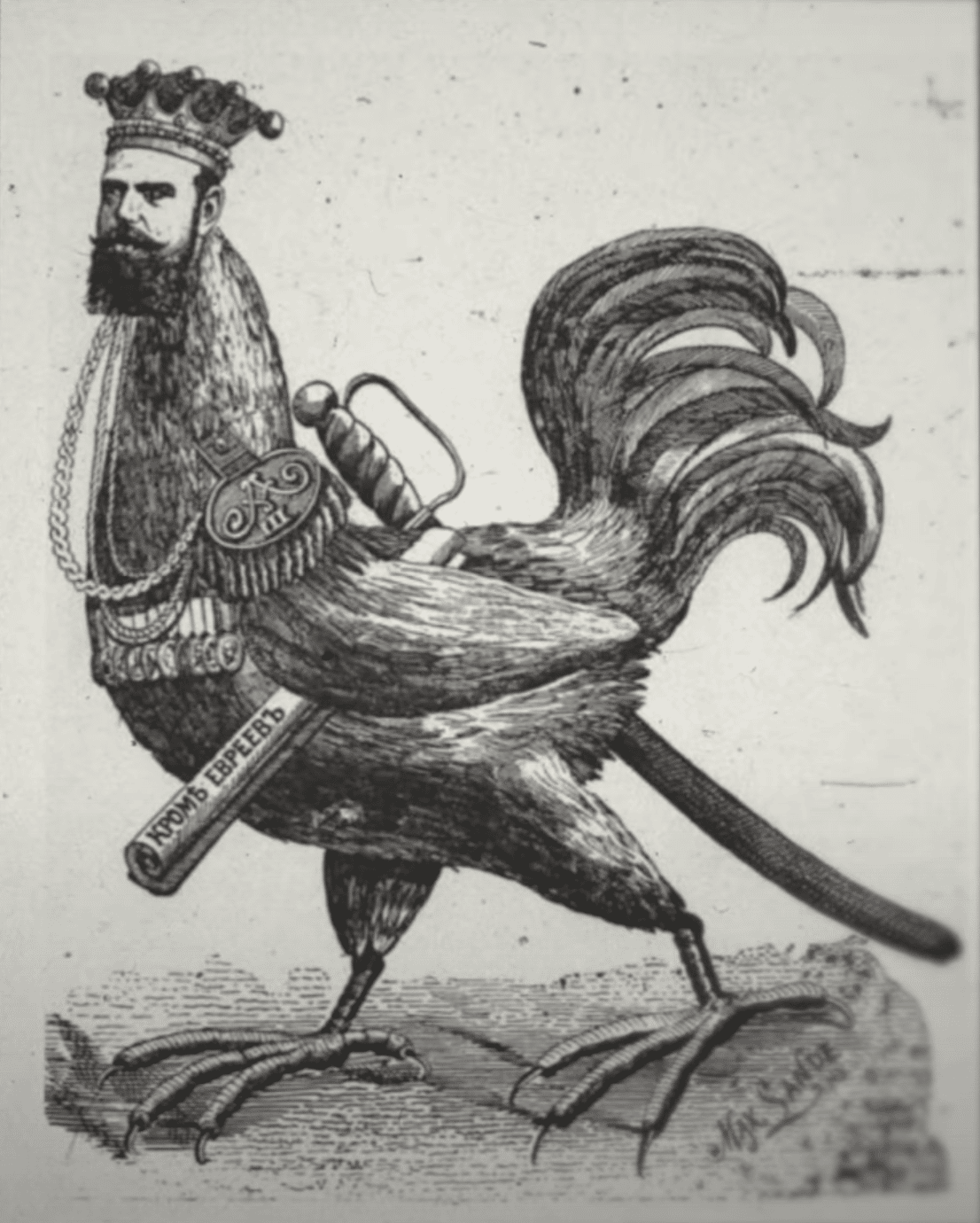
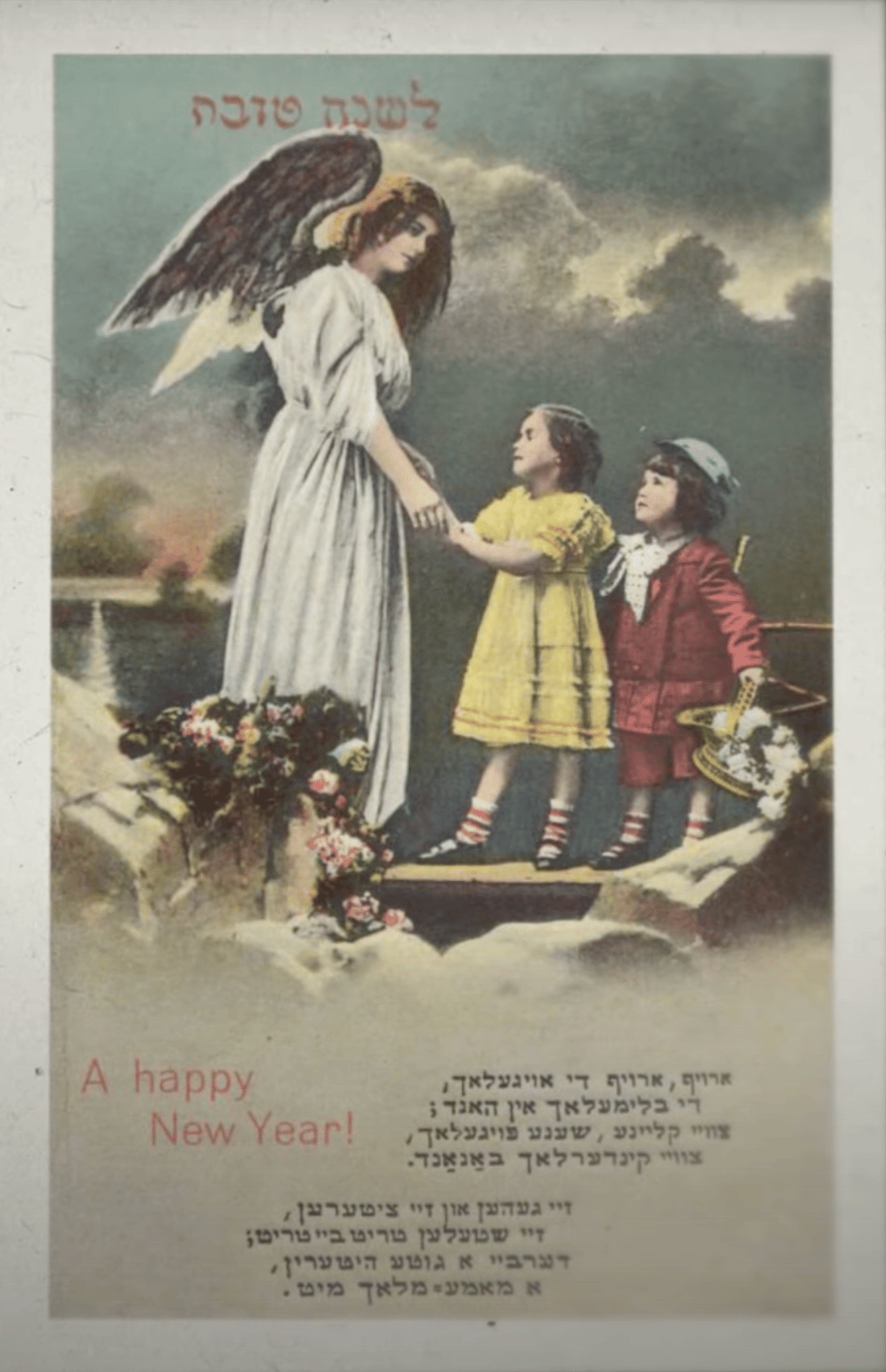
Goldberg worked with his wife, Esther, on the cards. First he staged scenes in his studio with actors and photographed them. Then he used the photos as a template to paint the cards. Lastly, he added rhyming greetings in Yiddish which he composed himself.
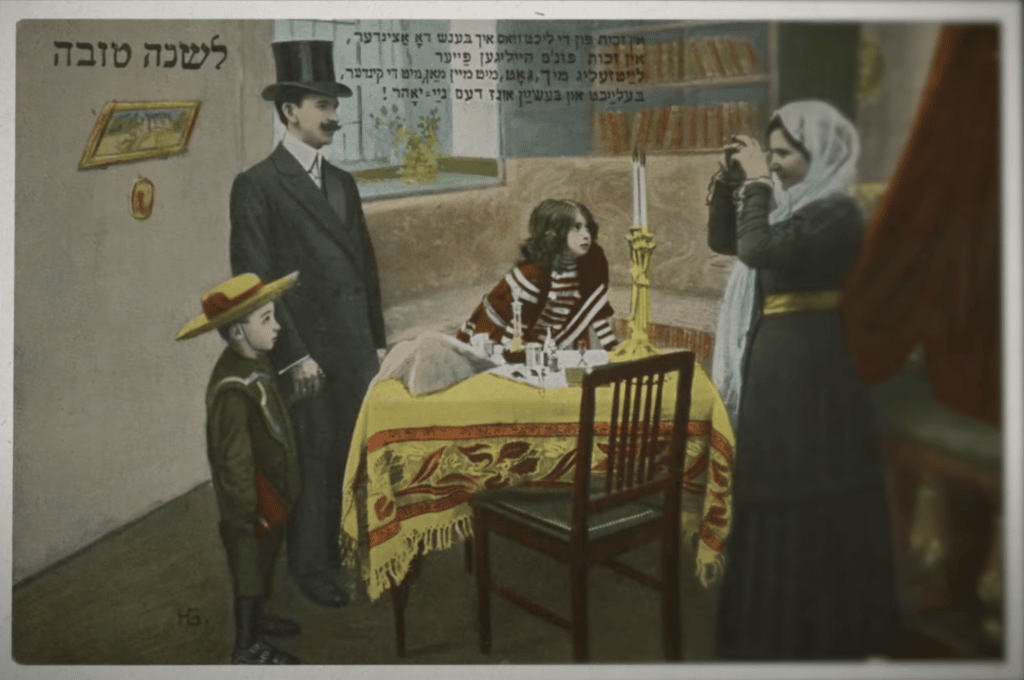
In this style, the Goldbergs came up with new cards every year, only stopping when Haim was forced to move into the Bialystok Ghetto in 1941.
He and Esther both died in the Holocaust but not before leaving behind a legacy of greeting cards that exude cheer and Yiddish warmth.
Rosh Hashanah cards today
While handwritten Rosh Hashanah cards are not entirely gone nowadays— and are still used in some ultra-religious communities— today’s well-wishers tend to send their messages electronically.
A “shone toyve” today might include memes poking fun at how some American Jews might know more about the latest iPhone than a standard Jewish holiday, parody videos spoofing popular songs to deliver new year wishes, an episode of a beloved series that’s set on Rosh Hashanah, tweets from Jewish and non-Jewish celebrities alike, and pre-recorded tapings from late night TV hosts and even sitting US presidents.
In this way, these so-called cards retain the soul of the original shone toyve, while getting a makeover to keep up with the times.
Each Jewish generation makes their New Year’s greeting their own, while taking notes and ideas, however subtle, from previous generations. In this way, the evolution of the shone toyve serves as a microcosm of Jewish tradition as a whole: a dynamic conversation that spans generations and adds new chapters to the unfolding Jewish story.
How do you celebrate the Jewish new year? Let us know on Instagram, Twitter and Tik Tok!
Originally Published Sep 12, 2022 12:02AM EDT
